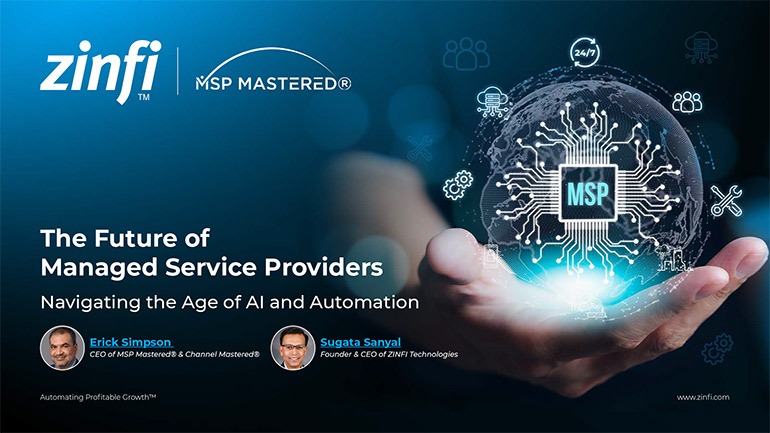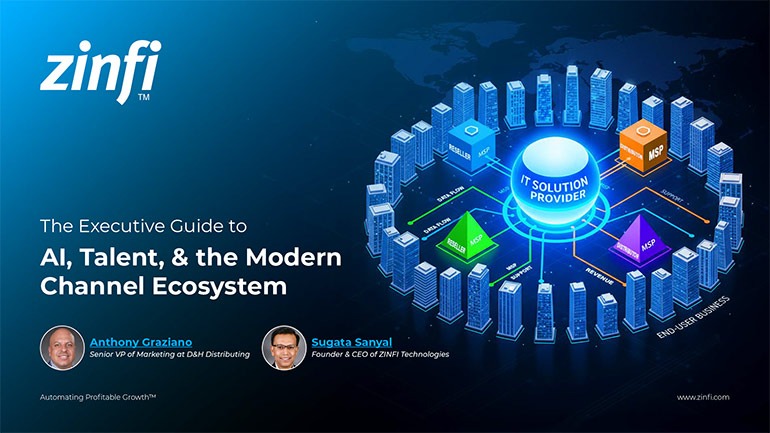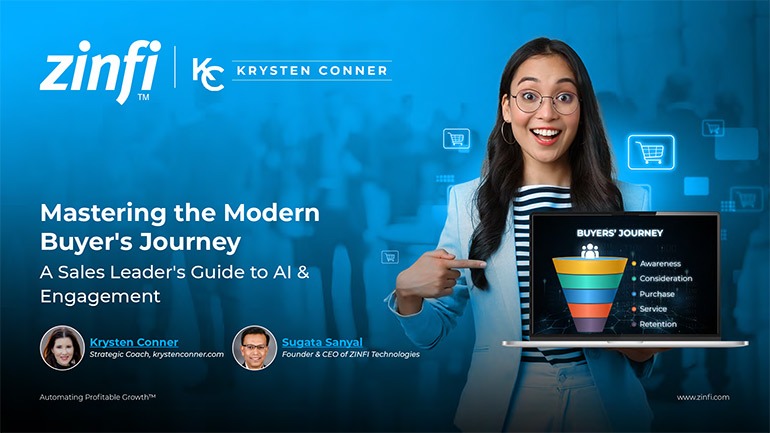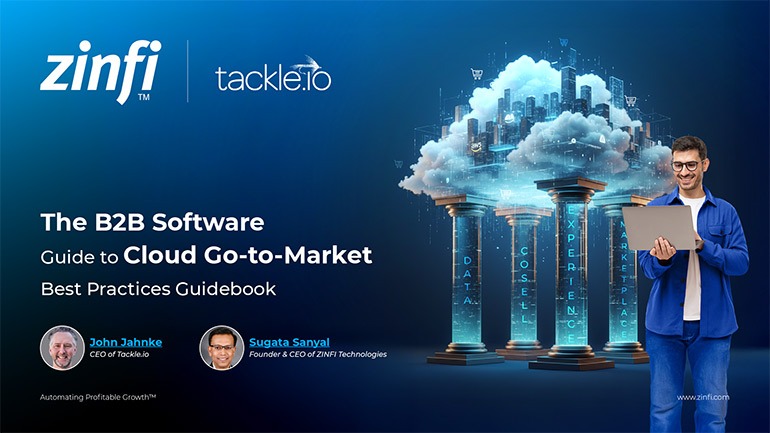Best Practices Articles

What Is PRM?
In channel management, PRM stands for partner relationship management. (If you want to know what PRM stands for in other industries, please consult this article, where we have compiled a list of meanings for the acronym PRM in multiple contexts.) Now that you know what PRM stands for, you may be wondering what it does. That’s what we will briefly explore here.
Organizations selling through the channel need a way to manage their channel partners, whether those partners are agents, resellers, franchises, dealers, wholesalers or alliance partners. Today, there are many automated tools that an organization can use for direct marketing and sales activities. However, when it comes to partner relationship management (PRM), very few robust tools exist. (If you already are aware of what PRM does and looking for a vendor who can help you, please check out ZINFI’s partner relationship management (PRM) SaaS platform, which has been rated #1 by analyst firms.)
Partner Relationship Management has multiple components. Automation is obviously an important part of PRM, but PRM is not just about software automation. PRM first refers to business processes that are required to recruit, engage, enable and manage a partner base. Without defined processes, software automation doesn’t work. You need to know accounting before you can use accounting software, right? Having accounting software doesn’t make you an accountant. Similarly, automation by itself cannot help you to be successful if you do not already have effective businesses processes for channel management. So, the first step in PRM is to establish sound business processes for channel management. The second step is to align your organizational structure to support these processes. The third step is to build channel programs, and the fourth step is focused on building channel program policies. After you’ve completed each of these four prerequisite steps, the fifth step and final step is to deploy a partner relationship management platform for channel automation. (We have described 7 Ps of Successful Partner Relationship Management in a separate article. It’s a “must “read if you are new to channel management.)
Let’s get back to PRM software: A PRM platform has multiple core software modules that allow you to profile, recruit, onboard, train, incentivize and manage leads within your partner base. The overriding goal of deployment is to take out redundant partner management steps, and automate the steps that truly matter. Doing so can significantly reduce the overall cost of PRM and increase partner satisfaction, productivity and revenue growth. That’s why many organizations today are deploying partner relationship management software to automate their channel management processes. The return on investment (ROI) from these partner relationship management software deployments is significant and an organization can recover (i.e., break even) literally in 90 days or less.
There are three core areas PRM software tends to focus on. The first area is making the partner portal profile-centric. This involves customizing certain pages, application modules and content based on a partner’s characteristics or “profile.” Specific partner groups should encounter only the content and functionality that is relevant to them. Therefore, the ability to dynamically manage content is a fundamental requirement for any partner relationship management software platform. The second core area is lead management. The lead management functionality of PRM software allows vendors to manage how leads are distributed to partners, and how partners can register their sales activities within the platform. Finally, the third core area is focused on partner training and incentives management.
If you are new to the partner relationship management world and trying to figure out how to successfully deploy channel marketing automation, the best place to start would be ZINFI’s Unified Partner Management (UPM) Best Practices Guide. This guide covers various partner management lifecycles in detail, and also takes a deep dive into various aspects of partner relationship management. Once you have familiarized yourself with the core components of PRM and have understood how it can help your business, please don’t hesitate to give us a call for an obligation-free product demo. I can promise you that once you see our demo, you will never go back to manual ways of managing your channel. We see this every day with clients who have deployed or are in the process of deploying channel management software.
Best Practices Guides
 First Principles Drive Modern Partner Ecosystem Success Best Practices
First Principles Drive Modern Partner Ecosystem Success Best PracticesDownload for FREE
 The Future of Managed Service Providers: Navigating the Age of AI and Automation
The Future of Managed Service Providers: Navigating the Age of AI and AutomationDownload for FREE
 Modernizing Channel Marketing: AI and Ecosystem Enablement Best Practices
Modernizing Channel Marketing: AI and Ecosystem Enablement Best PracticesDownload for FREE
 The Channel’s Shift to Partner-Led With AI Best Practices
The Channel’s Shift to Partner-Led With AI Best PracticesDownload for FREE
 Hyperscalers, ISVs, and AI: Shaping the Future of B2B Software Distribution
Hyperscalers, ISVs, and AI: Shaping the Future of B2B Software DistributionDownload for FREE
 Definitive Guide to a Partner Ecosystem-First Sales Strategy
Definitive Guide to a Partner Ecosystem-First Sales StrategyDownload for FREE
 The Partner-Led Digital and AI Transformation Best Practices
The Partner-Led Digital and AI Transformation Best PracticesDownload for FREE
 Startup Talent Recruitment: Hiring Missionaries, Not Mercenaries
Startup Talent Recruitment: Hiring Missionaries, Not MercenariesDownload for FREE
 The Future of Partner Relationship Management with AI in Partnerships
The Future of Partner Relationship Management with AI in PartnershipsDownload for FREE
 Cybersecurity for the 99%: Strategies from the Frontline
Cybersecurity for the 99%: Strategies from the FrontlineDownload for FREE
 Mastering Partner Relationships: A Strategic Approach to Business Growth
Mastering Partner Relationships: A Strategic Approach to Business GrowthDownload for FREE
 Mastering Partner Relationship Management: Keys to SaaS Channel Success
Mastering Partner Relationship Management: Keys to SaaS Channel SuccessDownload for FREE